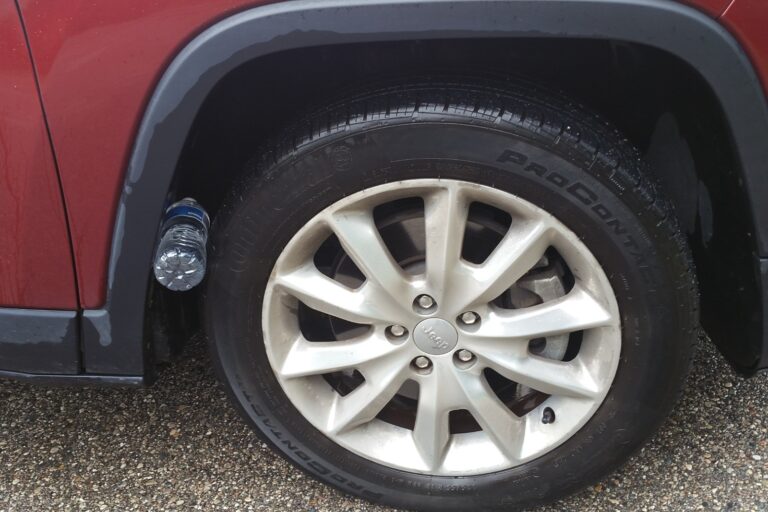How to Identify Car Tyre Type? Snow, Winter, All Season Tires Guide
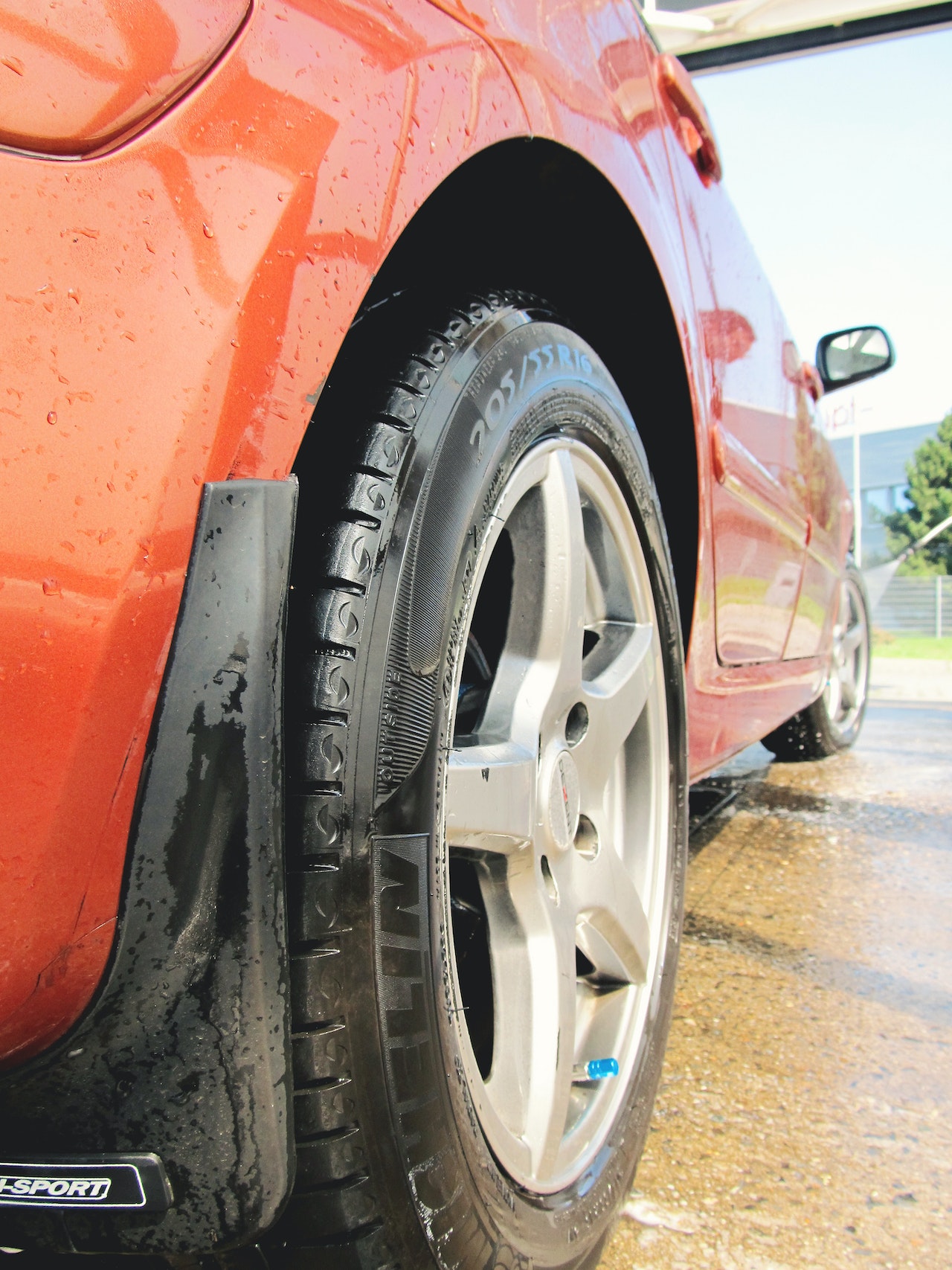
I know how important it is to have the right tyres for your vehicle. Not only do the tyres affect the performance of the car, but they also play a vital role in your safety on the road.
One of the first steps to selecting the right tire for your car is to identify the tire type. In this article, I will be sharing my knowledge and experience to help you identify the type of tire that your car requires.
Also Read: Best Quietest All season Tires for SUV
how to tell if tires are all-season
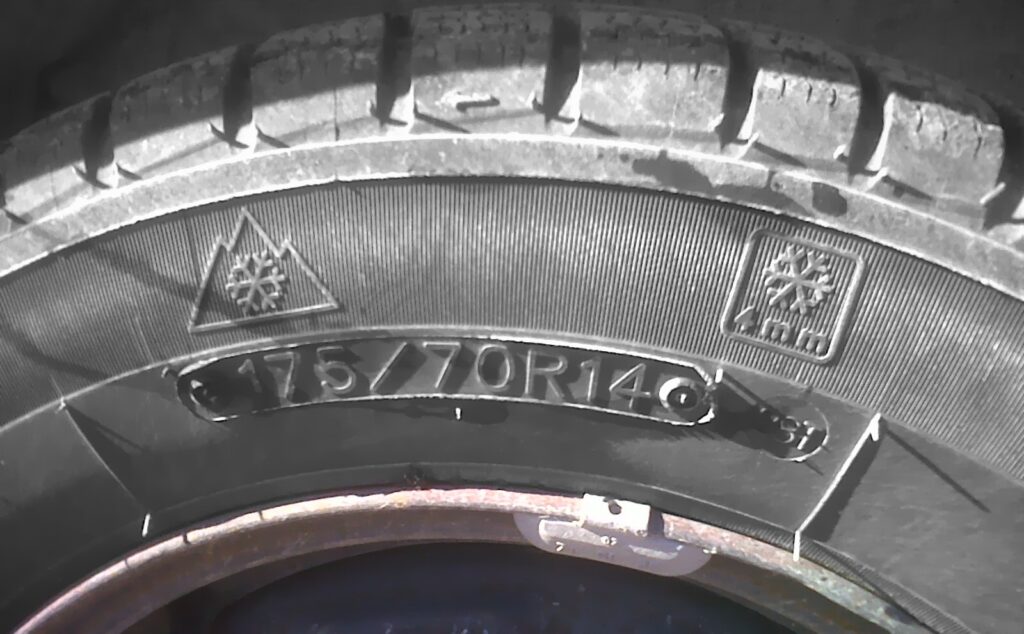
All-season tires are usually marked with the letters “M+S” or “M/S” on the sidewall, which stands for “mud and snow.”
This indicates that the tire is designed to perform well in a variety of weather conditions, including light snow and rain.
how do I know if I have snow tires?
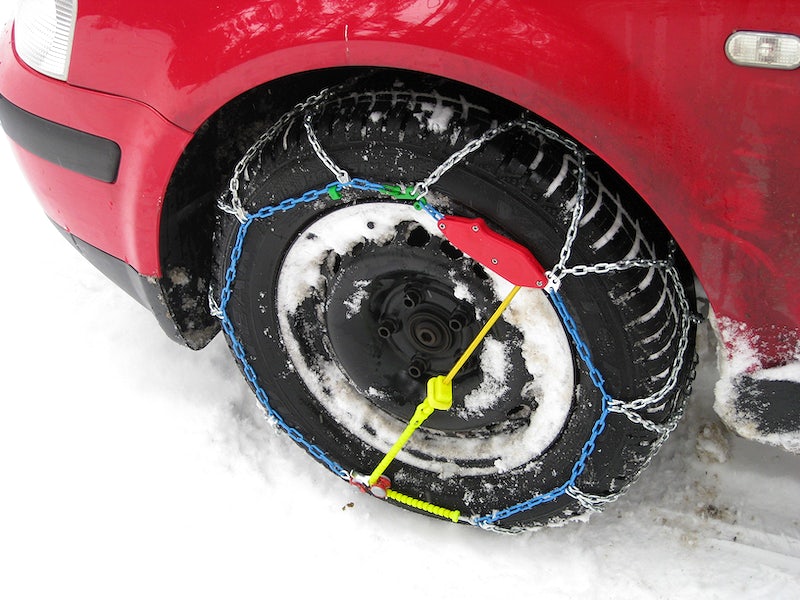
You can identify winter tires by the symbols on the sidewall. These are the M+S symbol and the three-peak mountain snowflake (3PMSF) symbol, and both are industry standards.
Reference – https://www.continental-tires.com/ca/en/b2c/tire-knowledge/winter-tire-markings.html
What is the summer tire temperature range?
Summer tires are designed to provide the best performance in warm weather conditions. The optimal temperature range for summer tires is generally between 60°F (15°C) and 100°F (38°C). At temperatures within this range, summer tires can provide the best combination of grip, handling, and braking performance.
winter tires temperature range
Winter tires are designed to provide maximum grip and handling in cold weather conditions, including snow and ice. The optimal temperature range for winter tires is generally below 45°F (7°C), as the rubber compounds used in winter tires remain softer and more flexible at colder temperatures, providing better traction on slippery roads.
can you drive with snow tires in the summer?
Using snow tires year-round isn’t recommended. In the long run, it will cost more money than changing them out and could compromise your vehicle’s performance on the road.
now tires are designed to provide optimal traction and handling in cold weather conditions, including snow and ice. They are made from softer rubber compounds and have unique tread patterns that are optimized for winter driving.
Also Read: How to Slash Tires Quietly Without Getting Caught
do winter tires wear faster in summer?
Yes, Winter tires can wear faster in summer compared to when used in colder conditions. This is because winter tires are made of a softer rubber compound that is designed to remain pliable in colder temperatures, providing better grip and handling in snow and ice.
blizzak tires temperature range
Blizzak tires are a type of winter tire that is designed to provide maximum grip and handling in cold weather conditions, including snow and ice. The optimal temperature range for Blizzak tires is generally below 45°F (7°C), as the rubber compounds used in these tires remain pliable and flexible at colder temperatures, providing better traction on slippery roads.
what do winter tires look like?
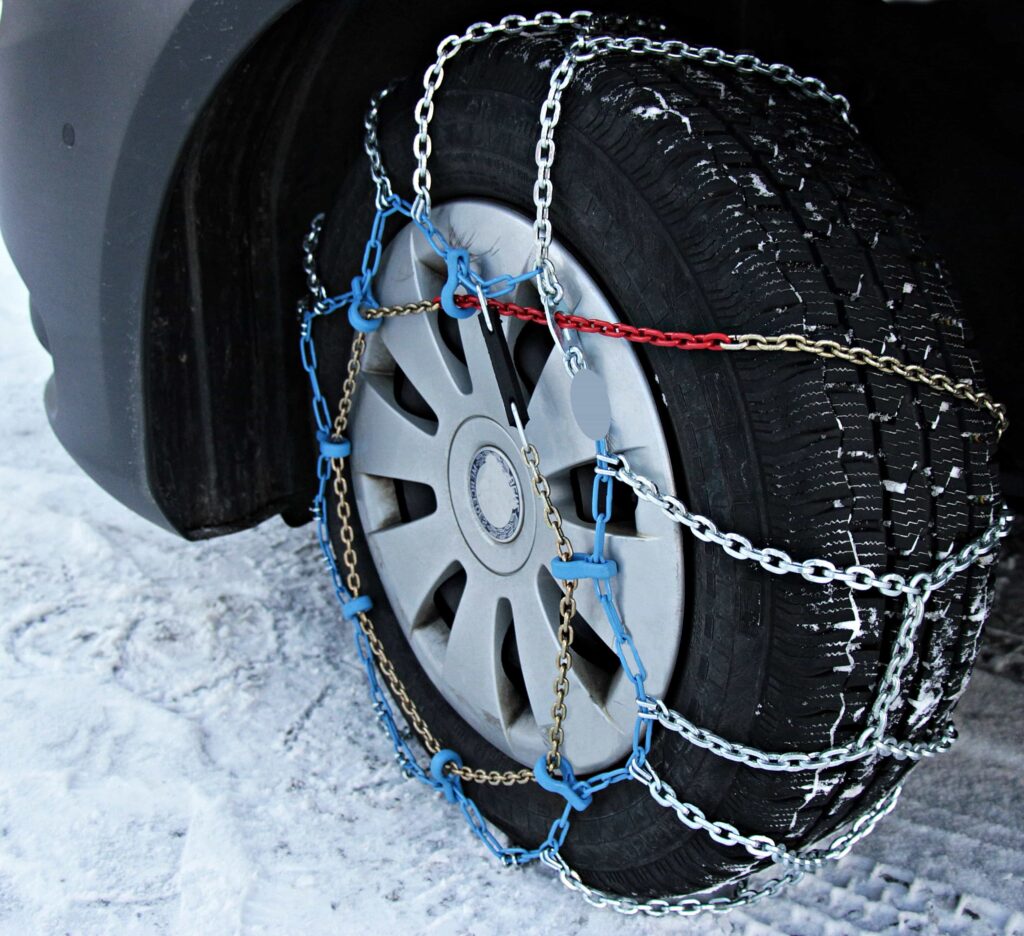
You can identify winter tires by the symbols on the sidewall. These are the M+S symbol and the three-peak mountain snowflake (3PMSF) symbol, and both are industry standards. So far, the well-known M+S mark was sufficient as a winter tire label.
Reference – https://www.tires-easy.com/blog/mountainsnowflake-symbol
what do snow tires look like
Snow tires have the M+S symbol and the three-peak mountain snowflake (3PMSF) symbol. Snow tires also use a different rubber compound than all-season or summer tires. The rubber used in snow tires is softer and more pliable, allowing it to remain flexible in colder temperatures for better grip and handling.
is it illegal to have winter tires in the summer?
It is not illegal to have winter tires on your vehicle during the summer, but it is not recommended. Winter tires are designed specifically for use in cold weather conditions, such as snow and ice, and are made of a softer rubber compound that can wear out more quickly in warmer temperatures.

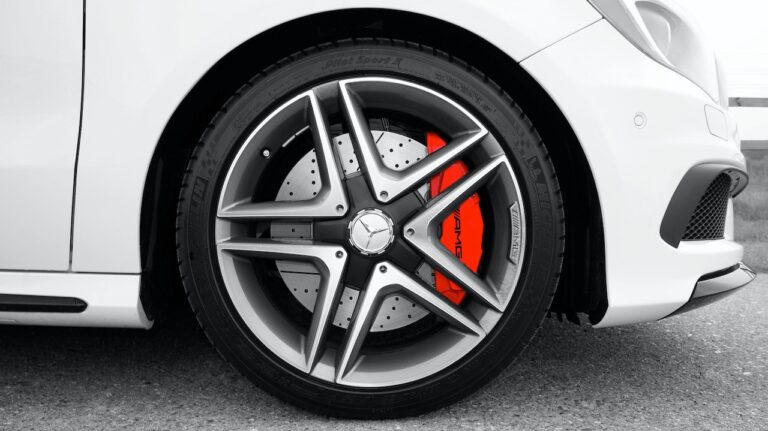
![is it safe to drive on a plugged tire? [Expert Answer]](https://tiretalks.com/wp-content/uploads/2023/04/FaXa2N0XwAEuLze-768x576.jpg)
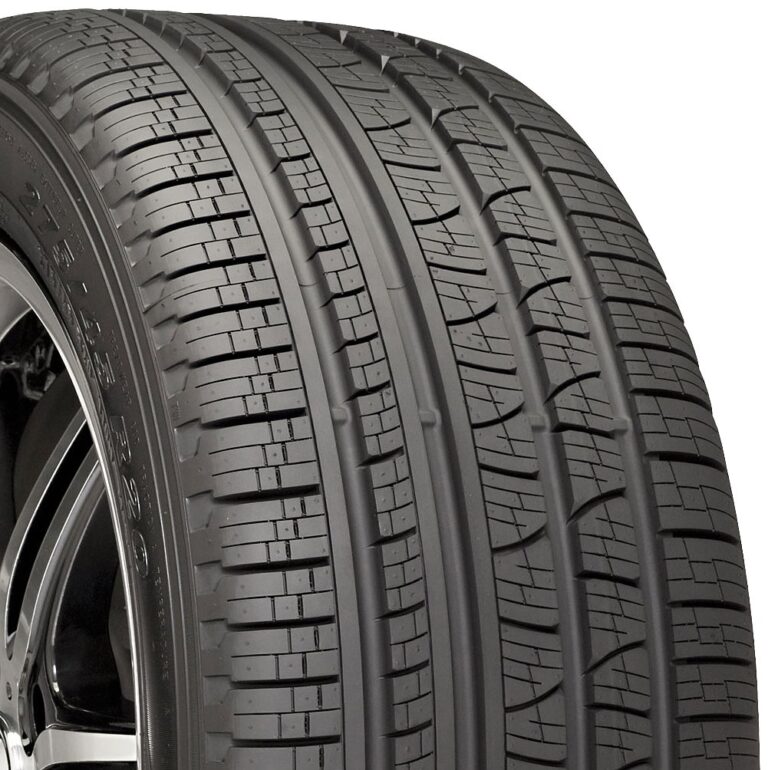
![Gemini vs. induction Wheels: Which is Better? [Detailed Guide]](https://tiretalks.com/wp-content/uploads/2023/09/49753146901_dbff56238a_b-1-768x512.jpg)
